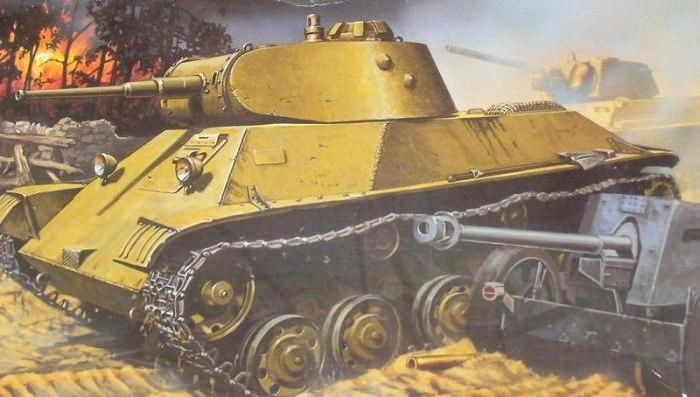|
|
Tank Drawing
|
However, as effective and advanced as armour plating has become, tank survivability against newer-generation (1980s) tandem-warhead anti-tank missiles is a concern for military planners. For example, the RPG-29 is able to penetrate the frontal hull armour of the Challenger II and also managed to damage a M1 Abrams.
• Avoiding detection
A tank avoids detection using the doctrine of CCD: camouflage (looks the same as the surroundings), concealment (cannot be seen) and deception (looks like something else).
Working against efforts to avoid detection is the fact that a tank is a large metallic object with a distinctive, angular silhouette that emits copious heat and noise. Consequently, it is difficult to effectively camouflage a hull-up tank in the absence of some form of cover or concealment (e.g., woods). The tank becomes easier to detect when moving (typically, whenever it is in use) due to the large, distinctive auditory, vibration and thermal signature of its power plant. Tank tracks and dust clouds also betray past or present tank movement. Switched-off tanks are vulnerable to infra-red detection due to differences between the thermal conductivity and therefore heat dissipation of the metallic tank and its surroundings. At close range the tank can be detected even when powered down and fully concealed due to the column of warmer air above the tank and the smell of diesel.
|
|









